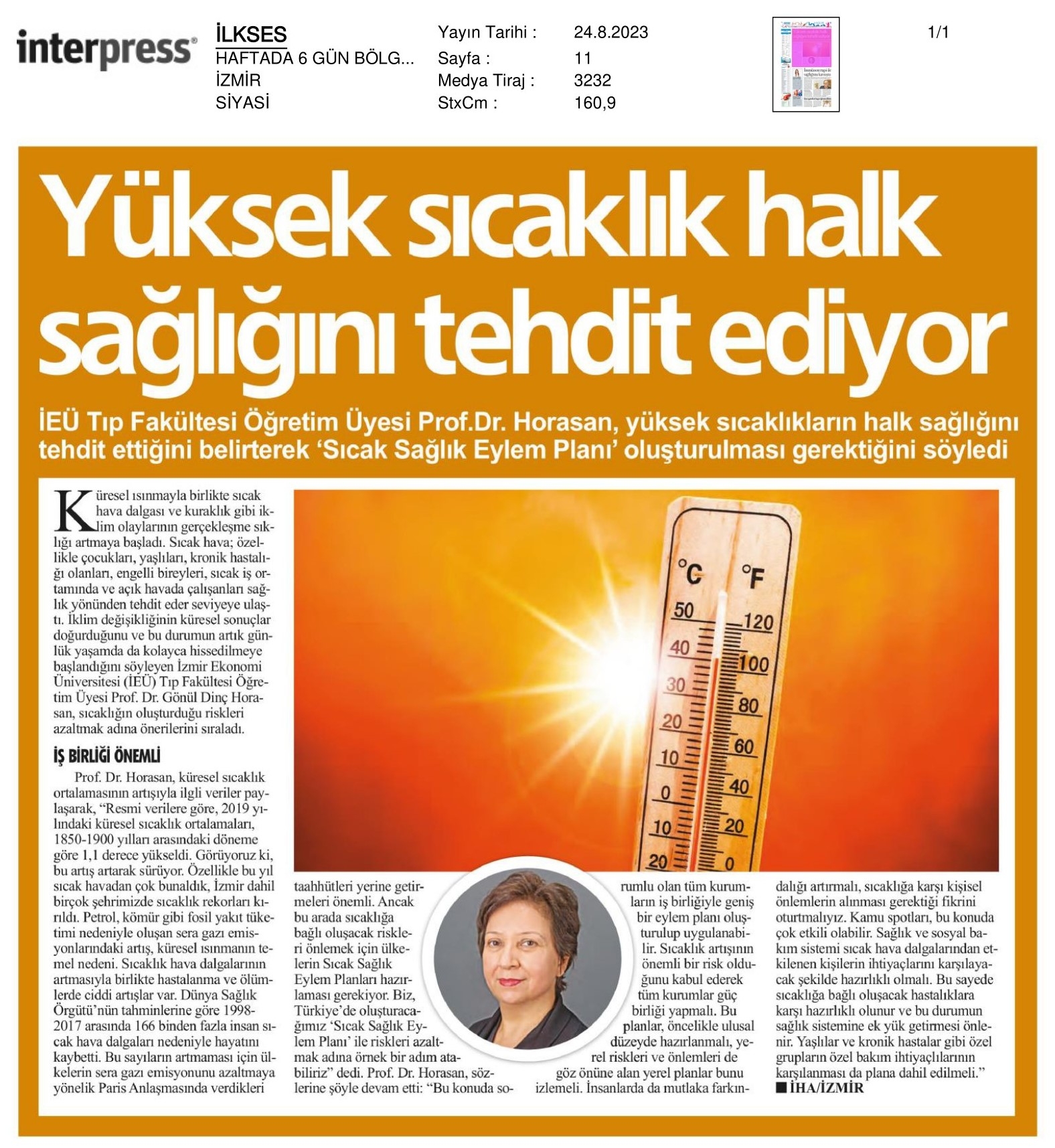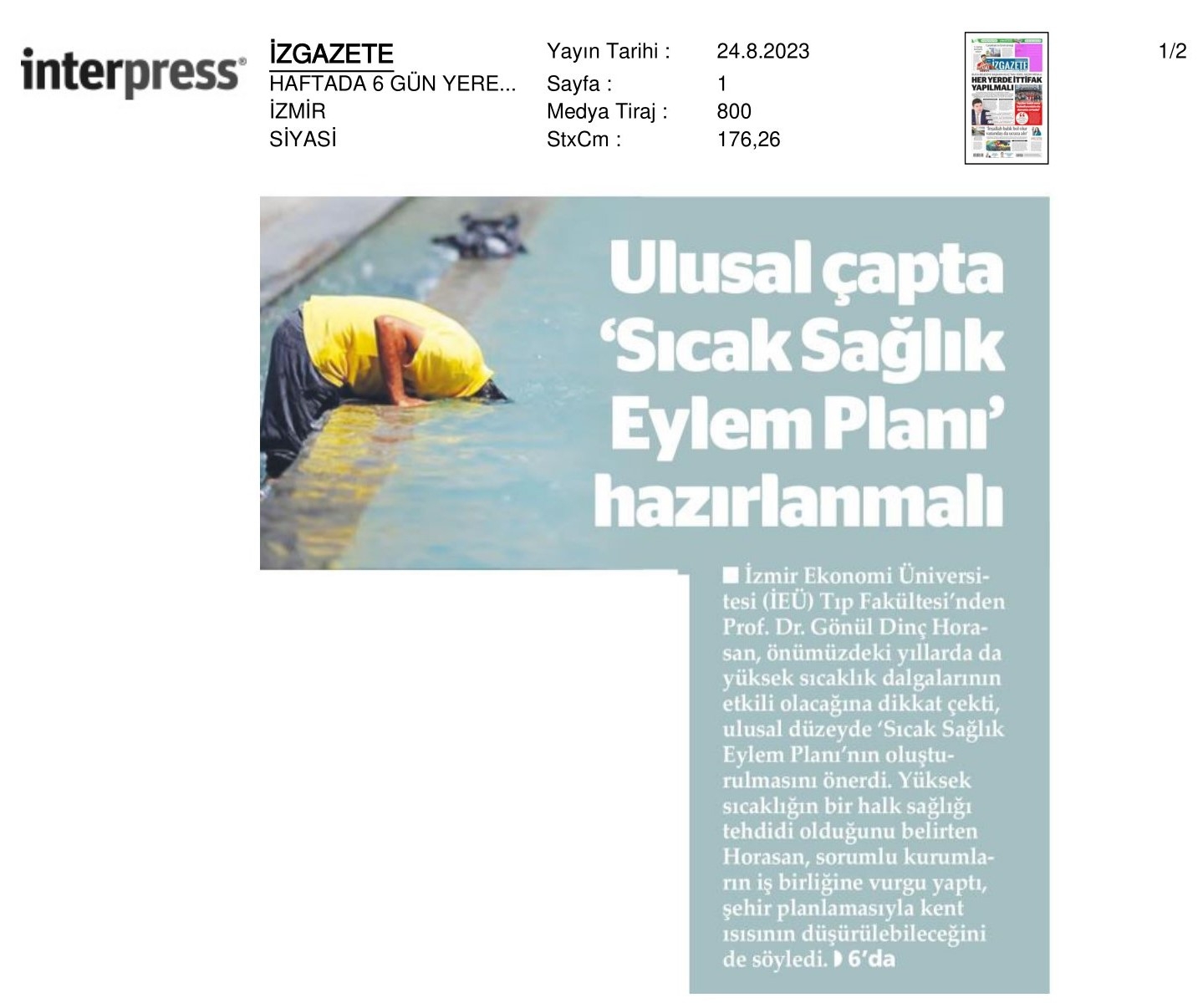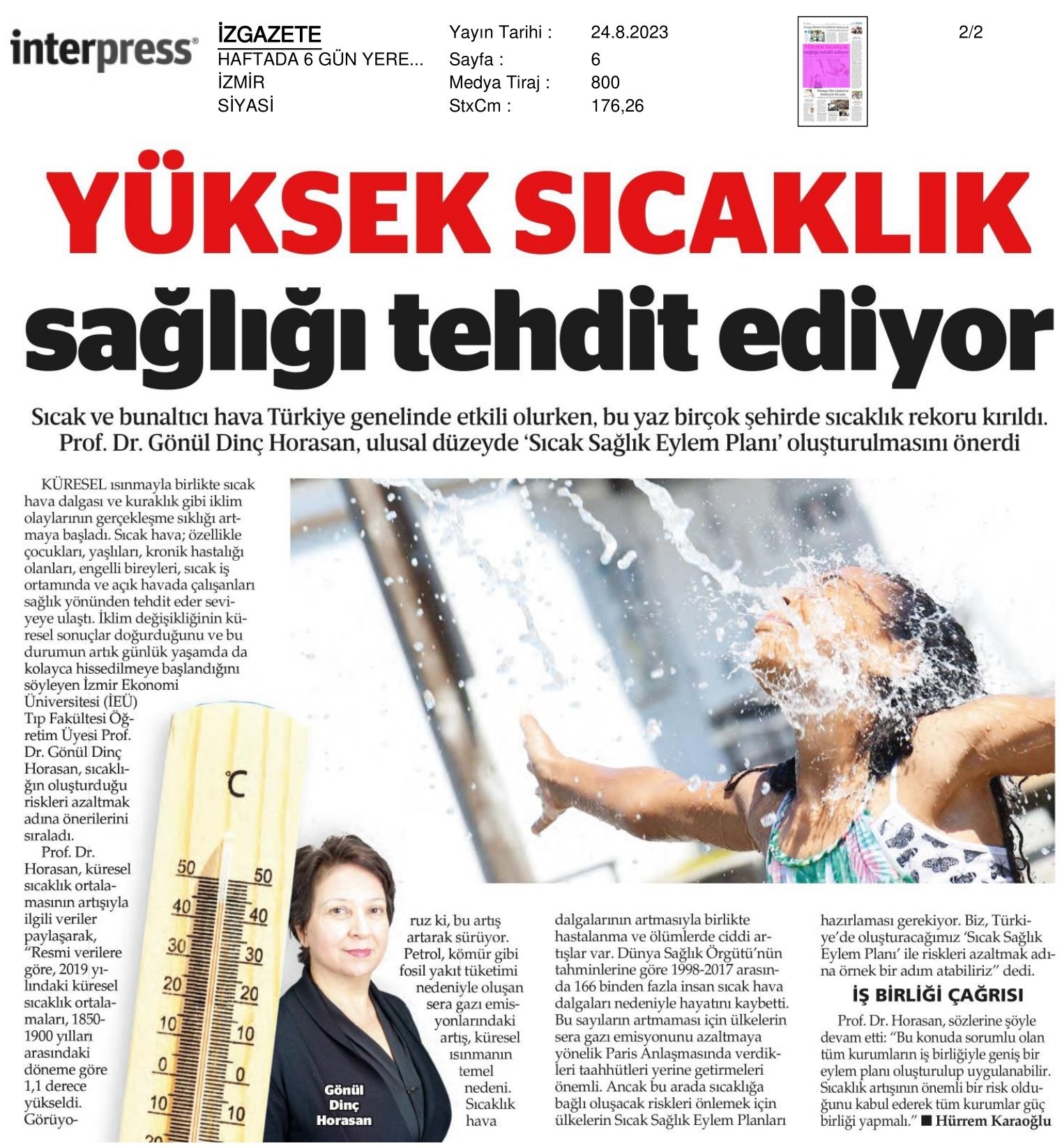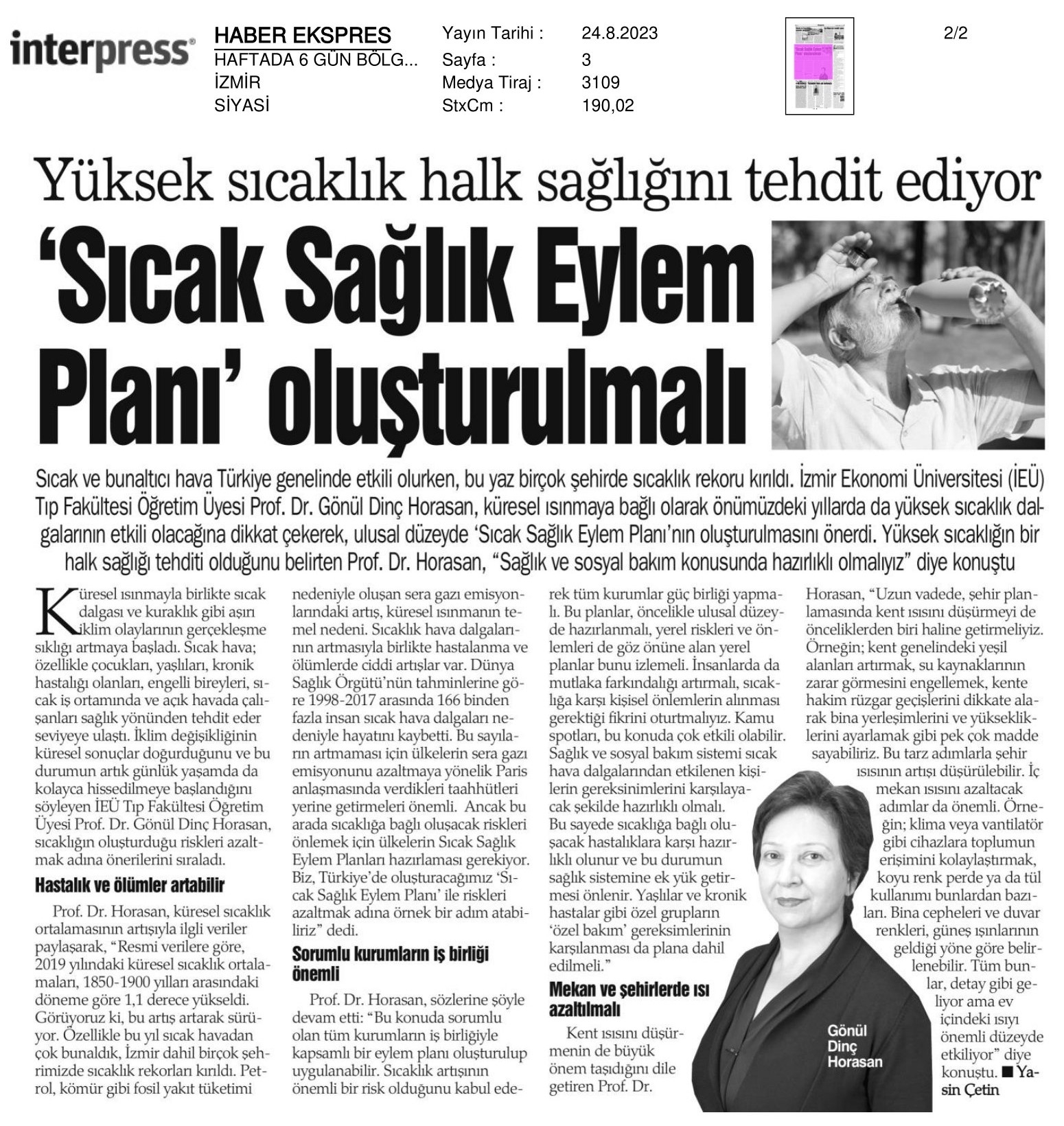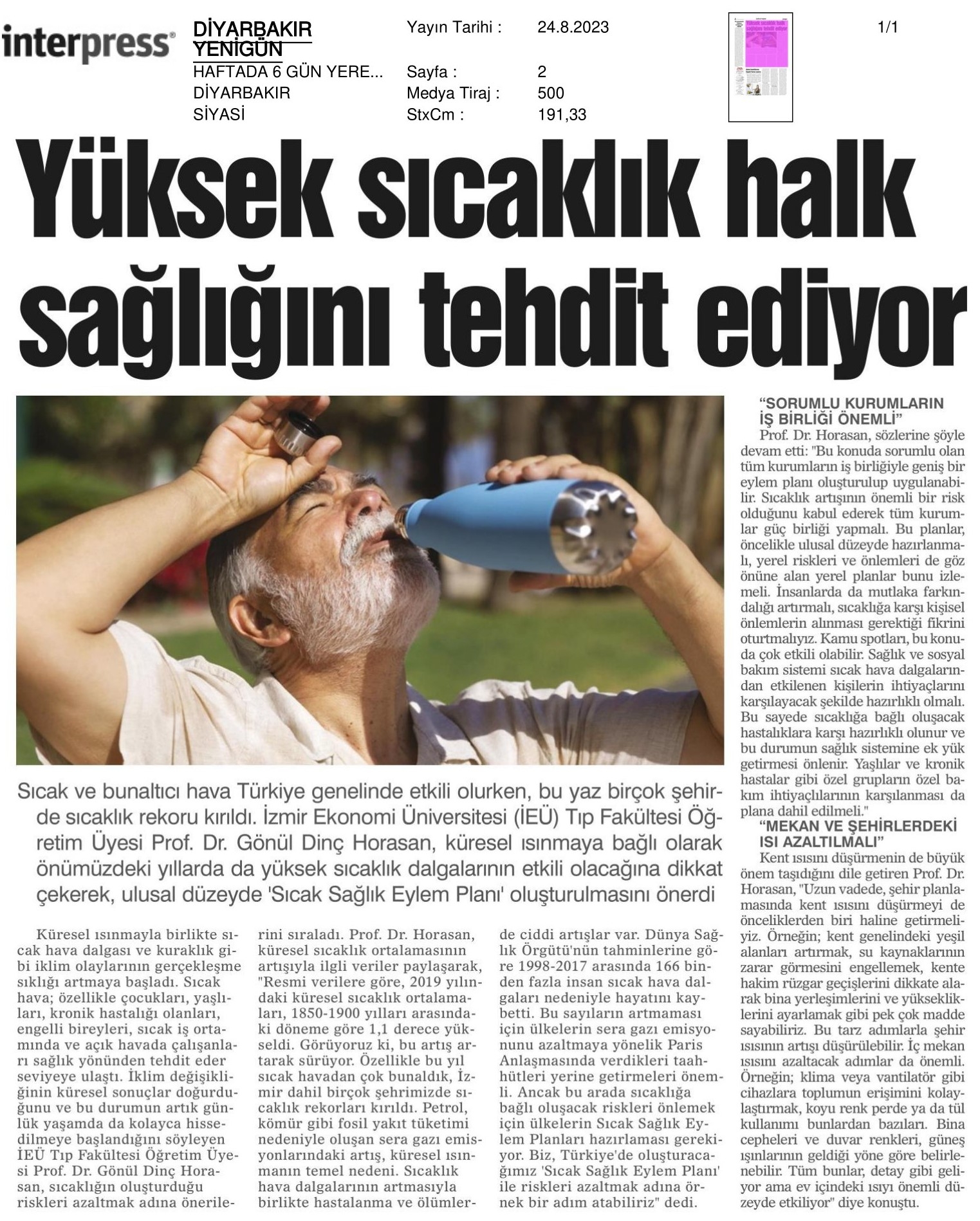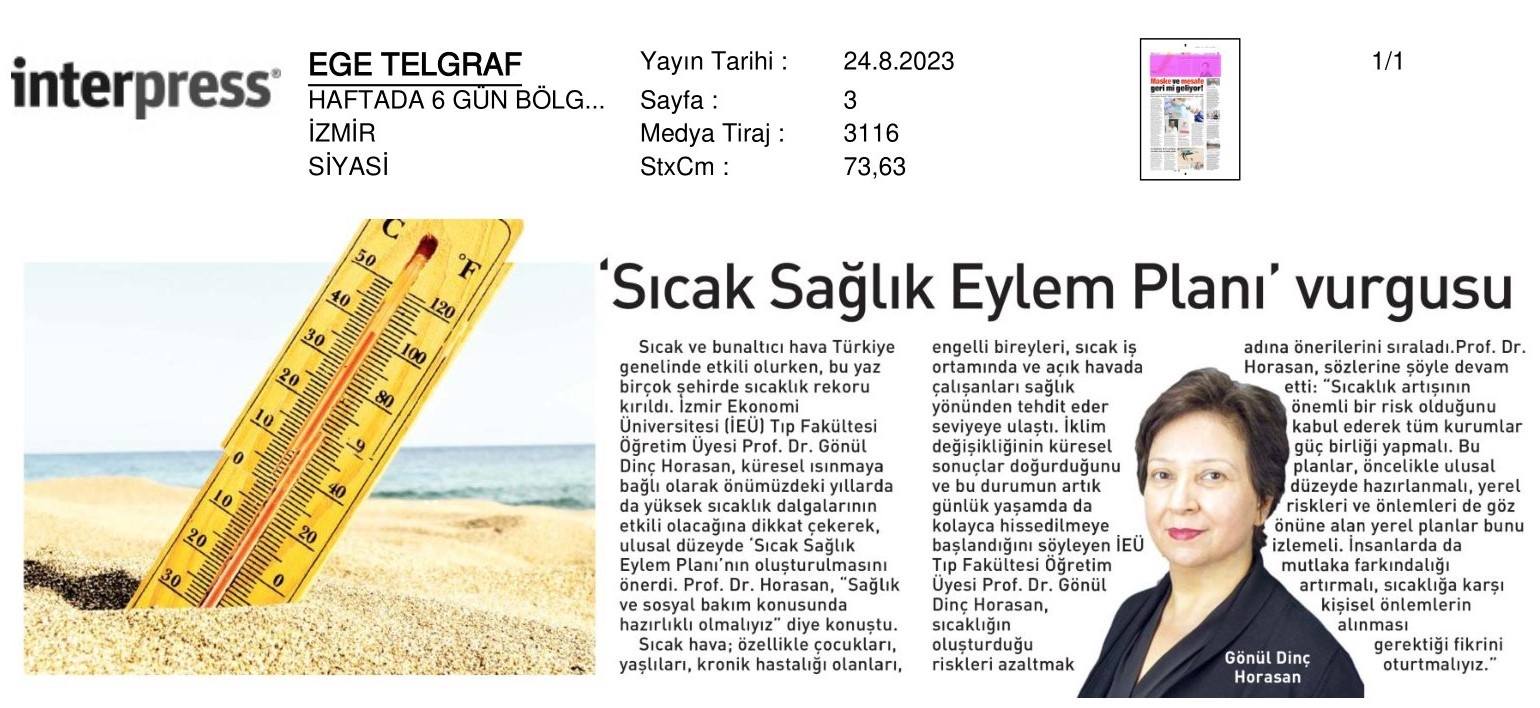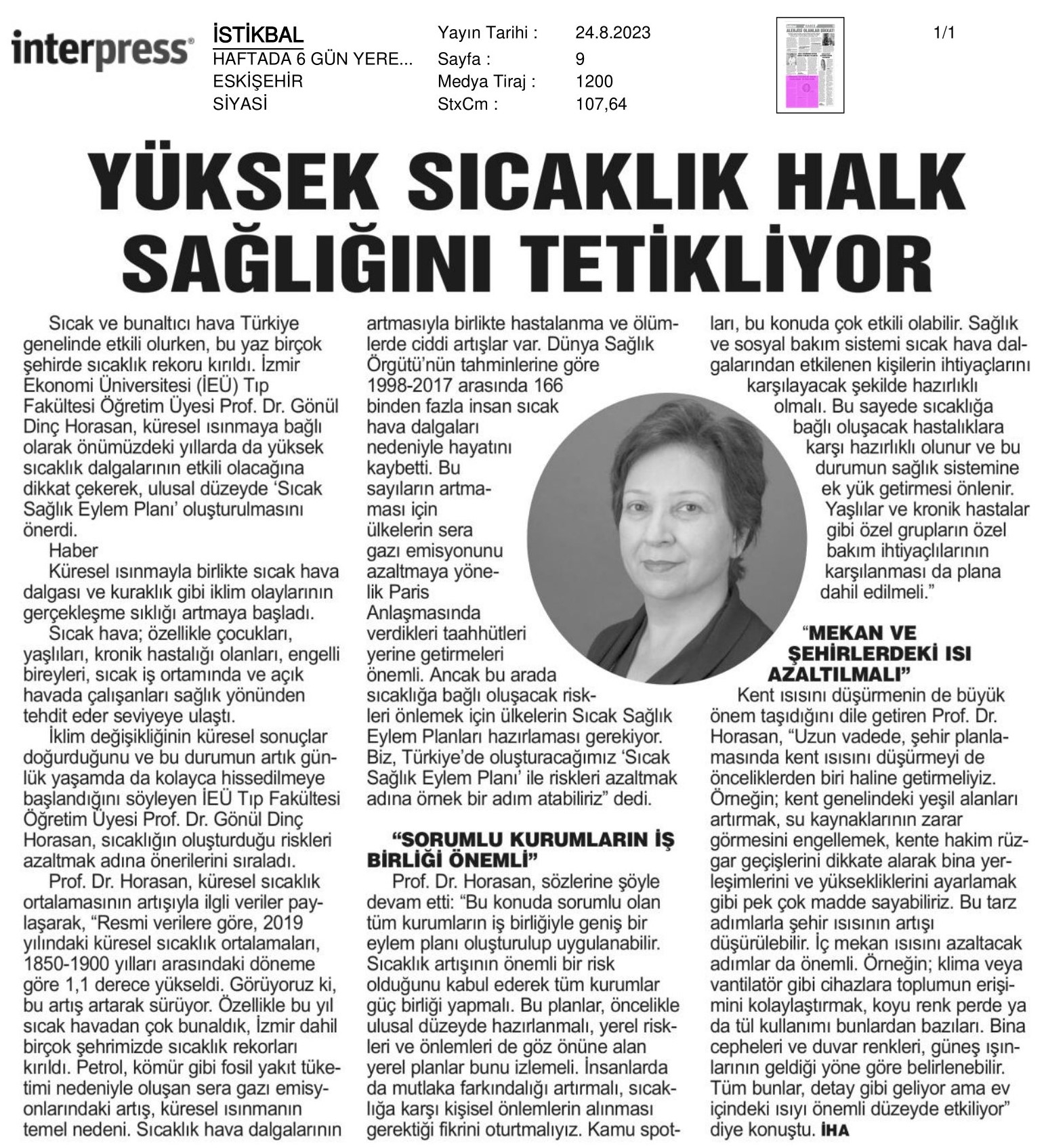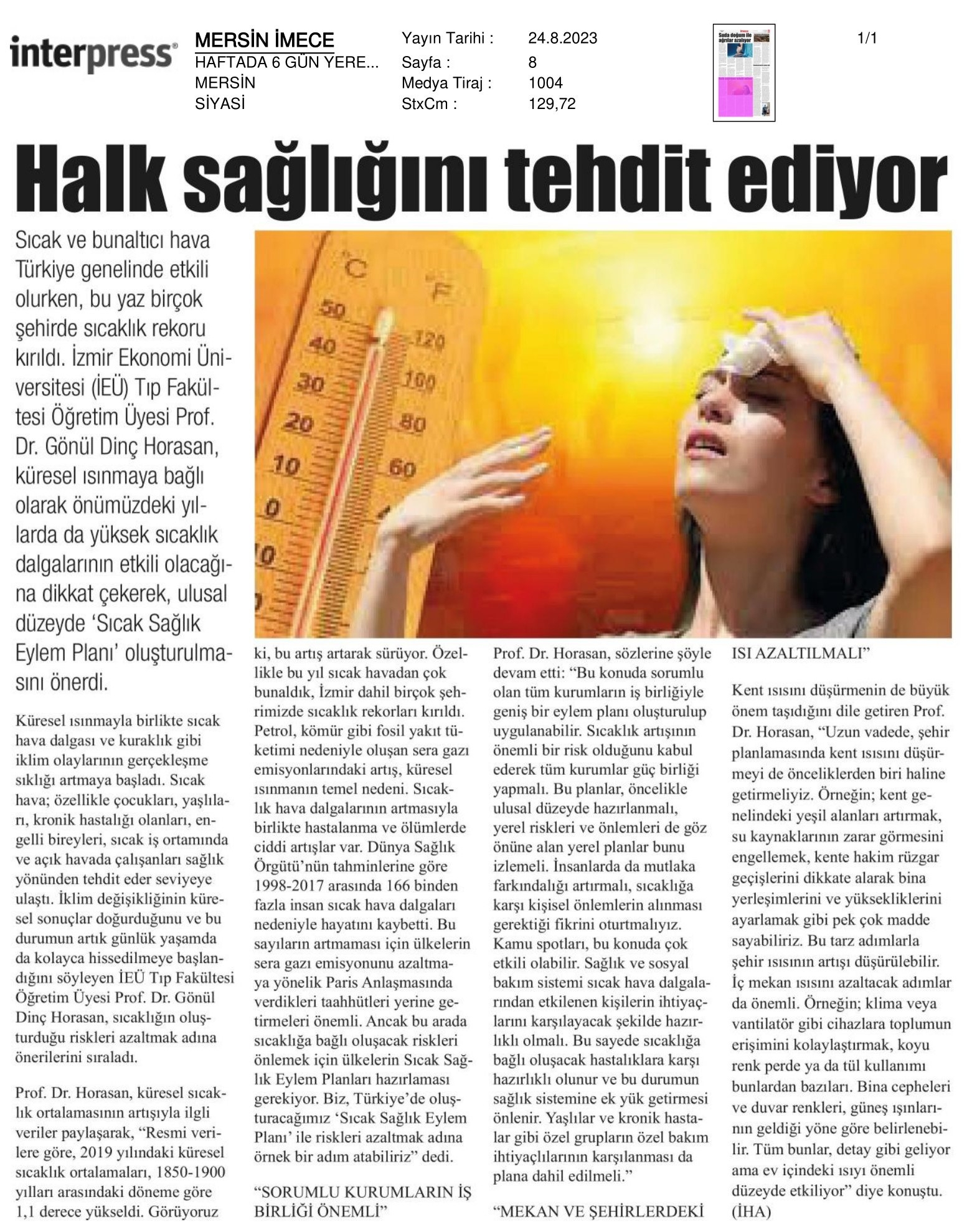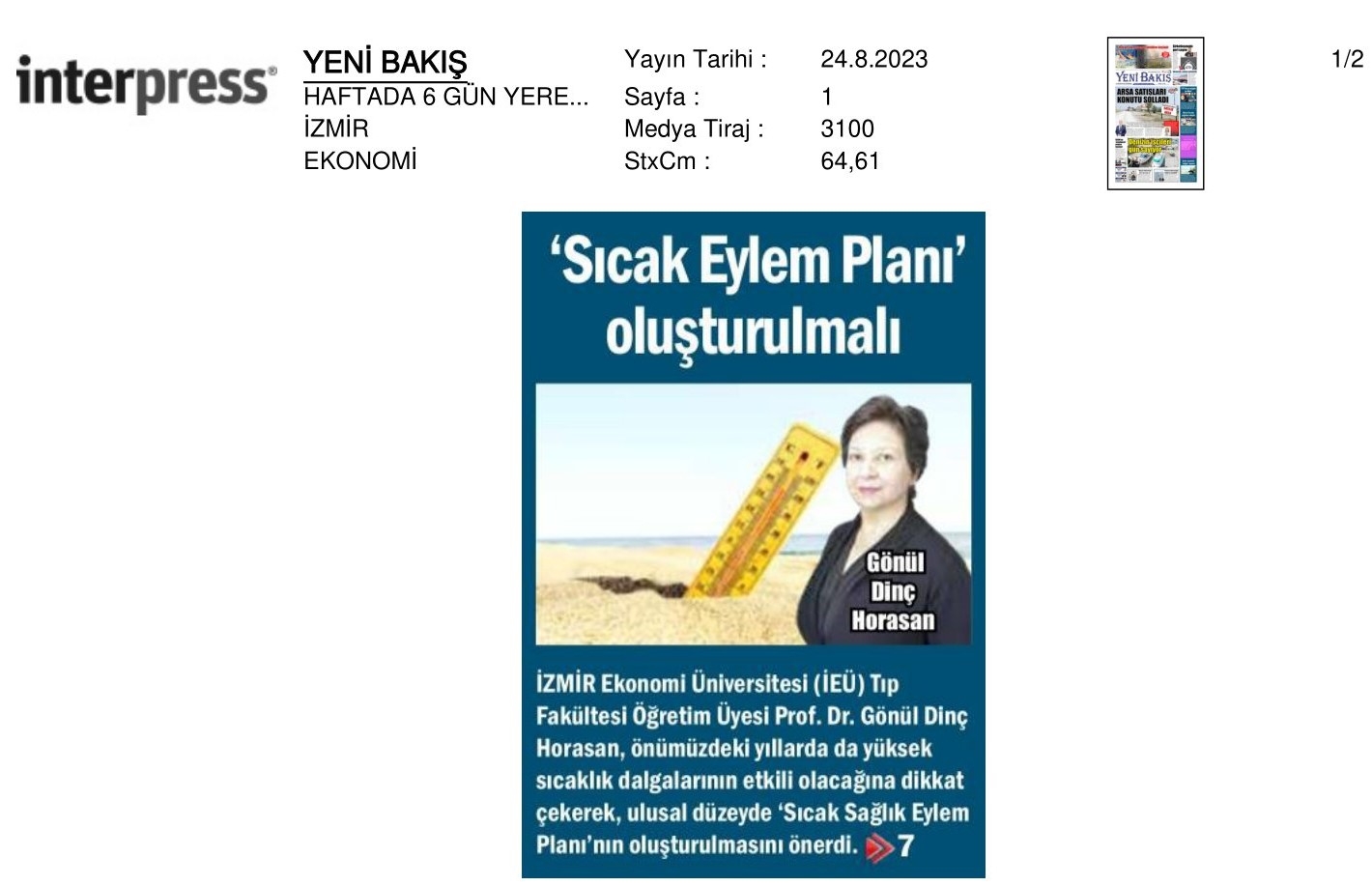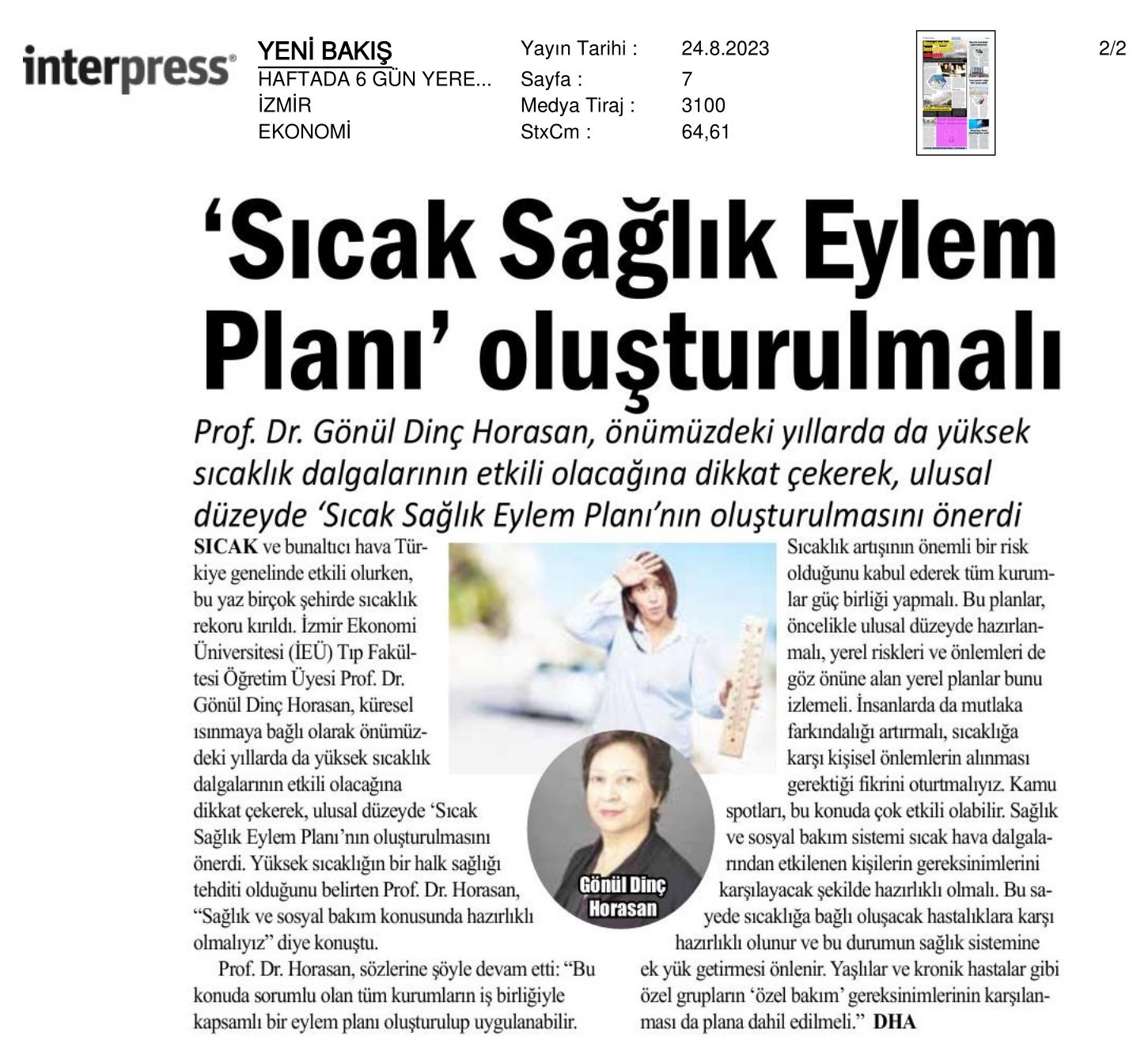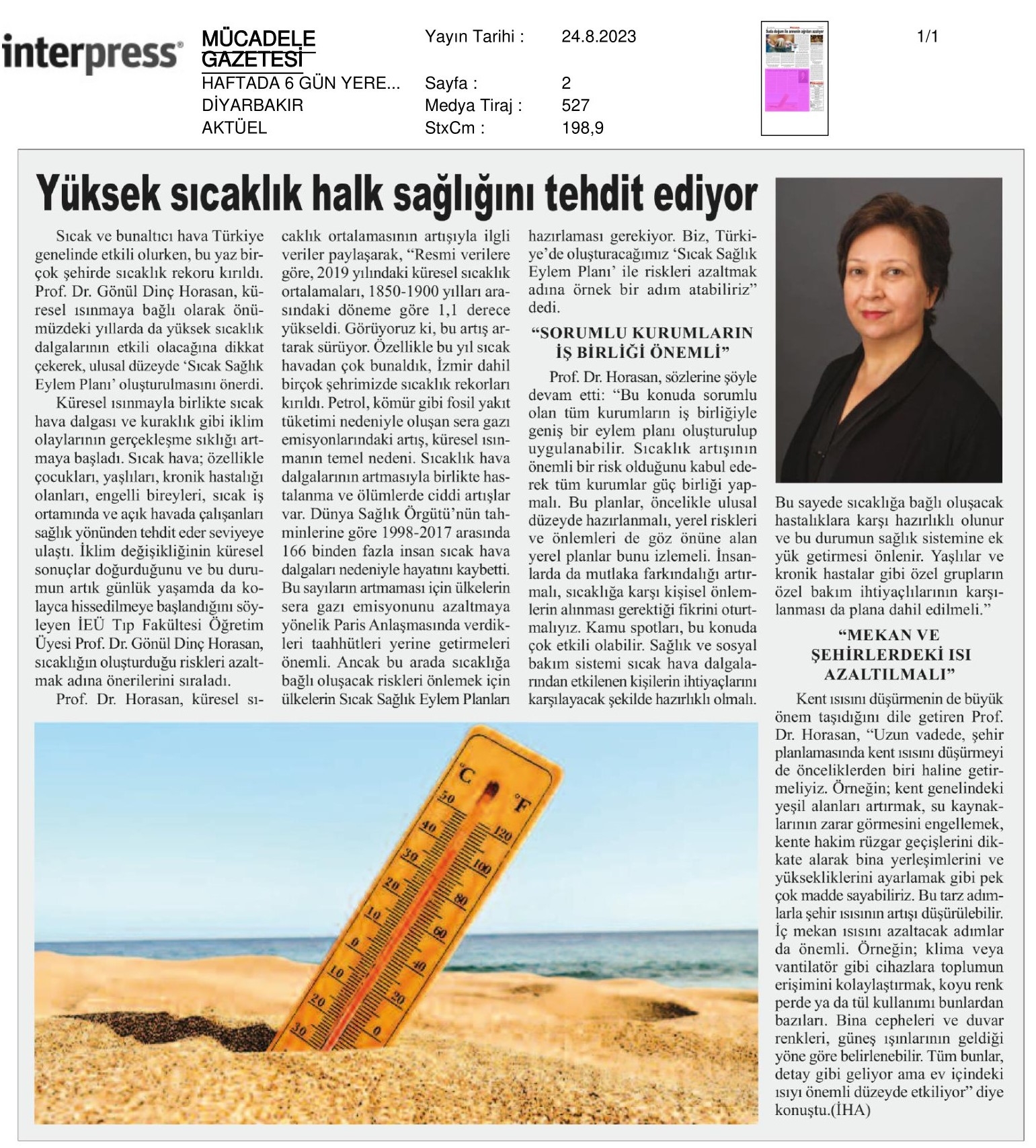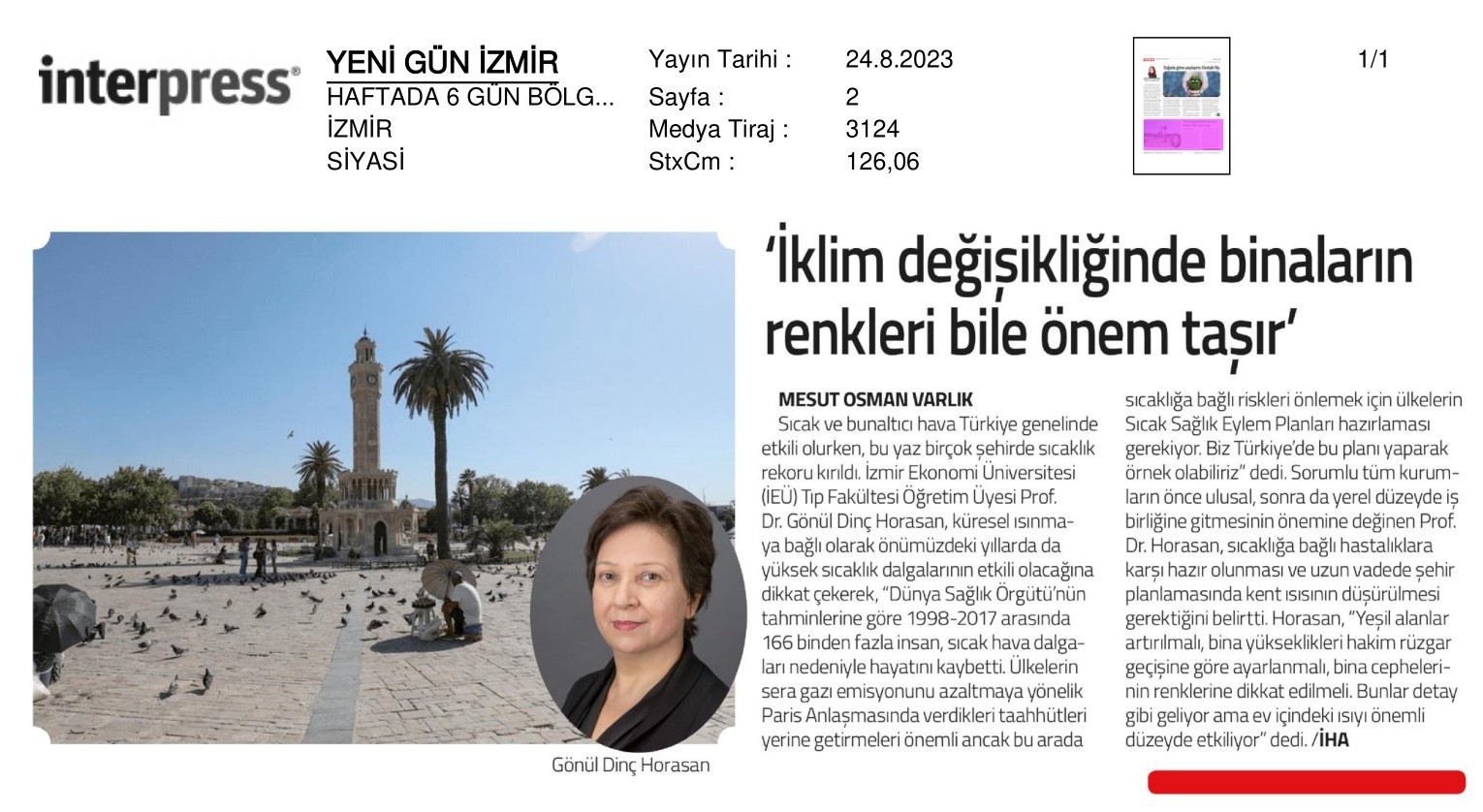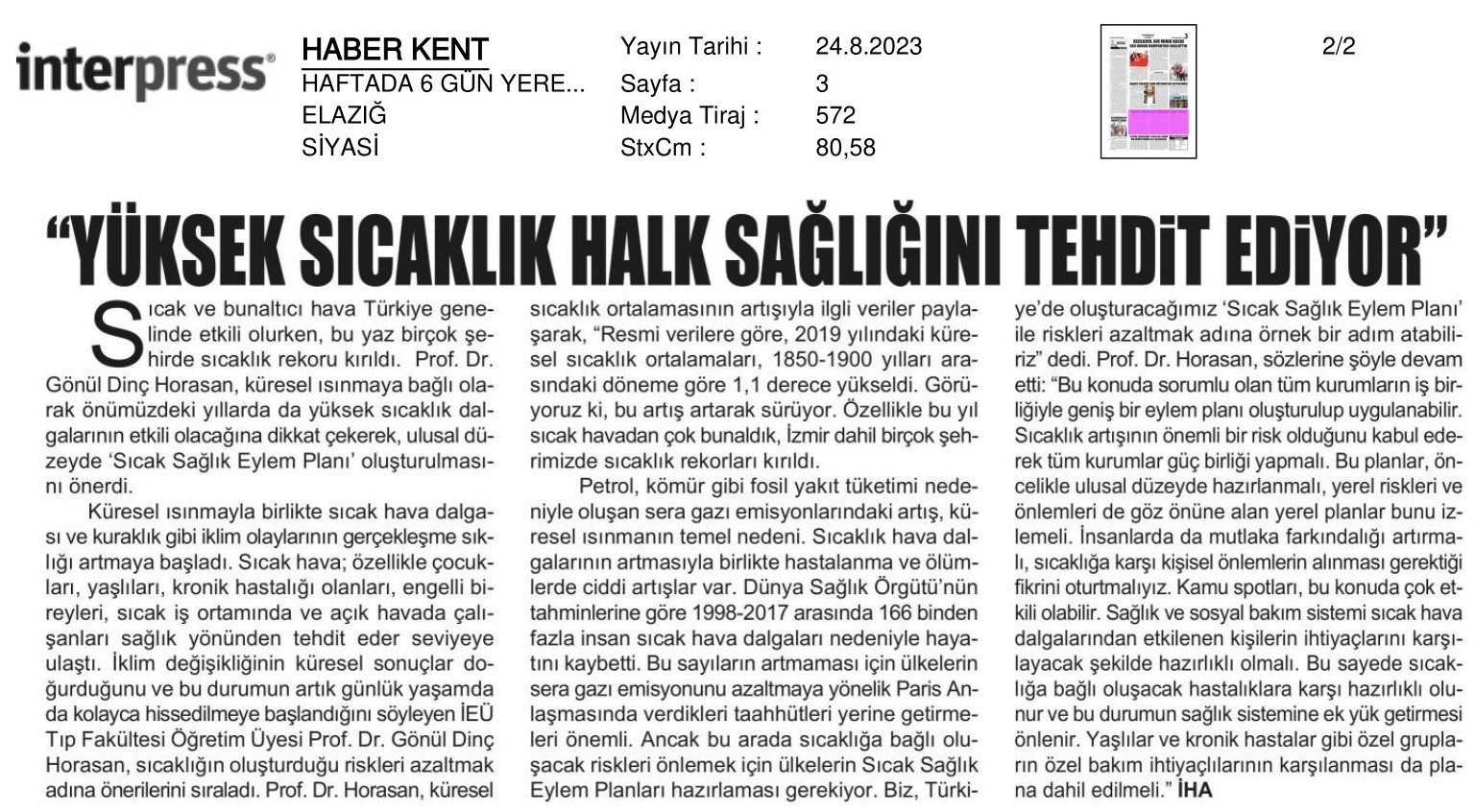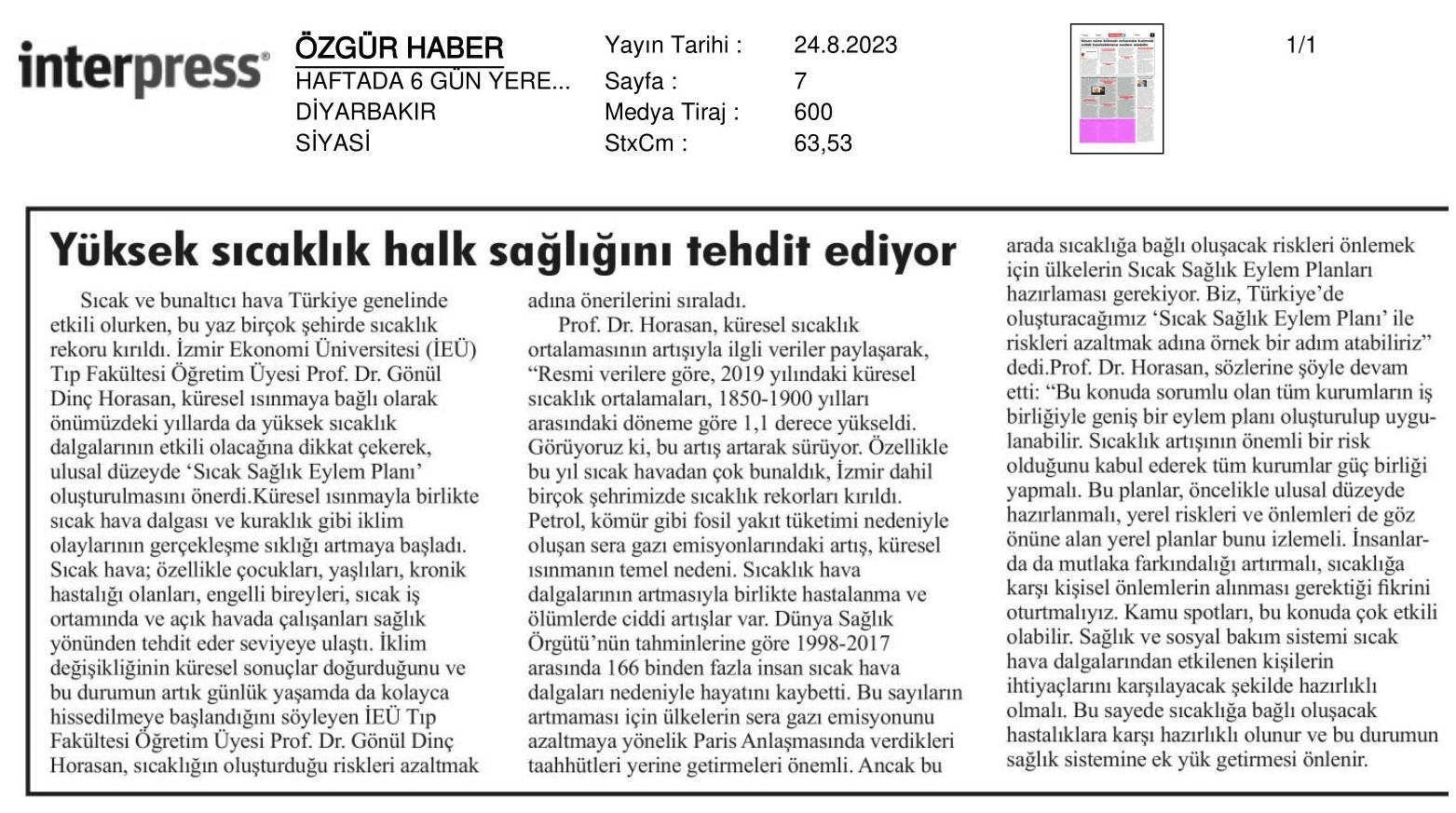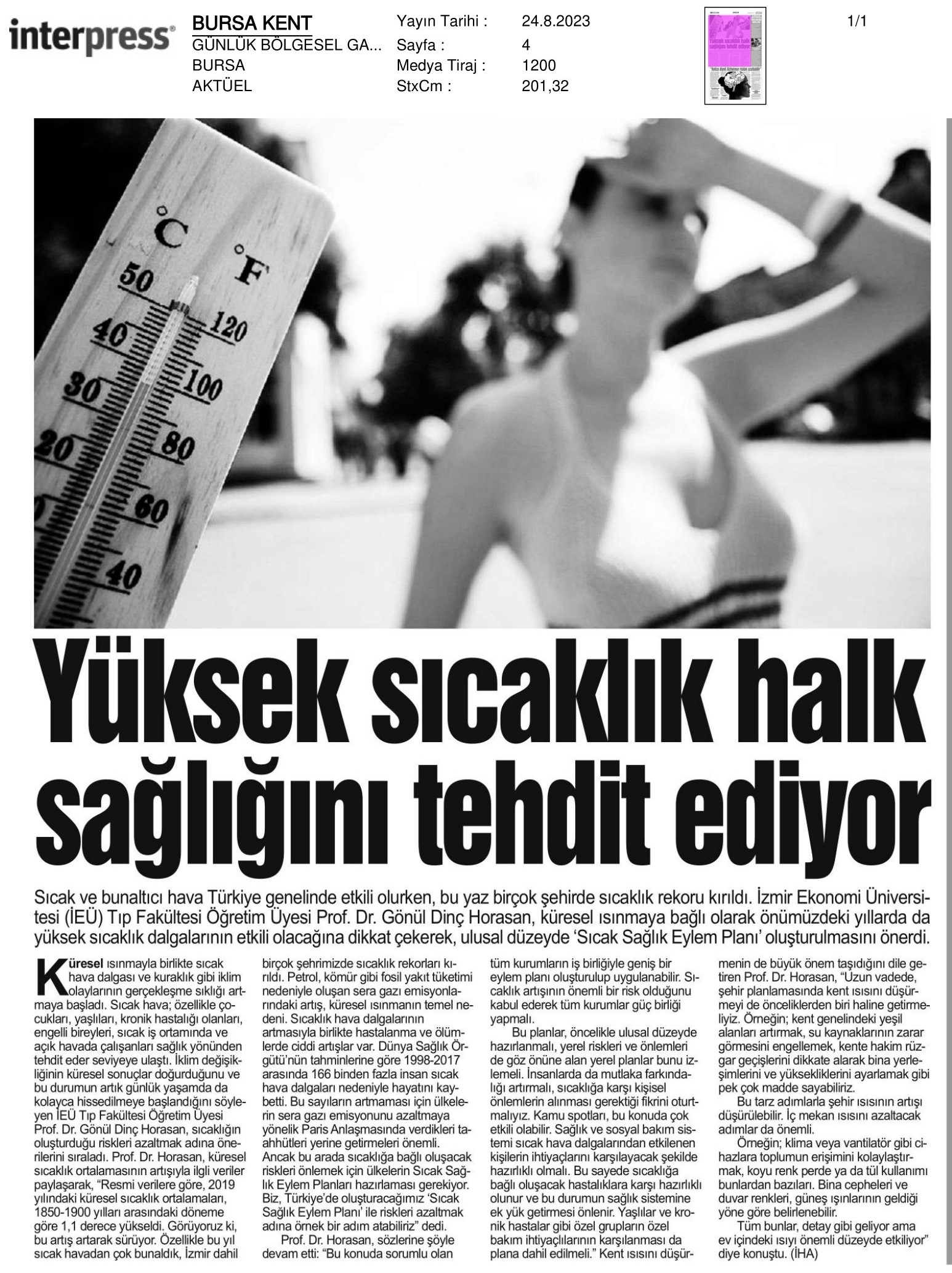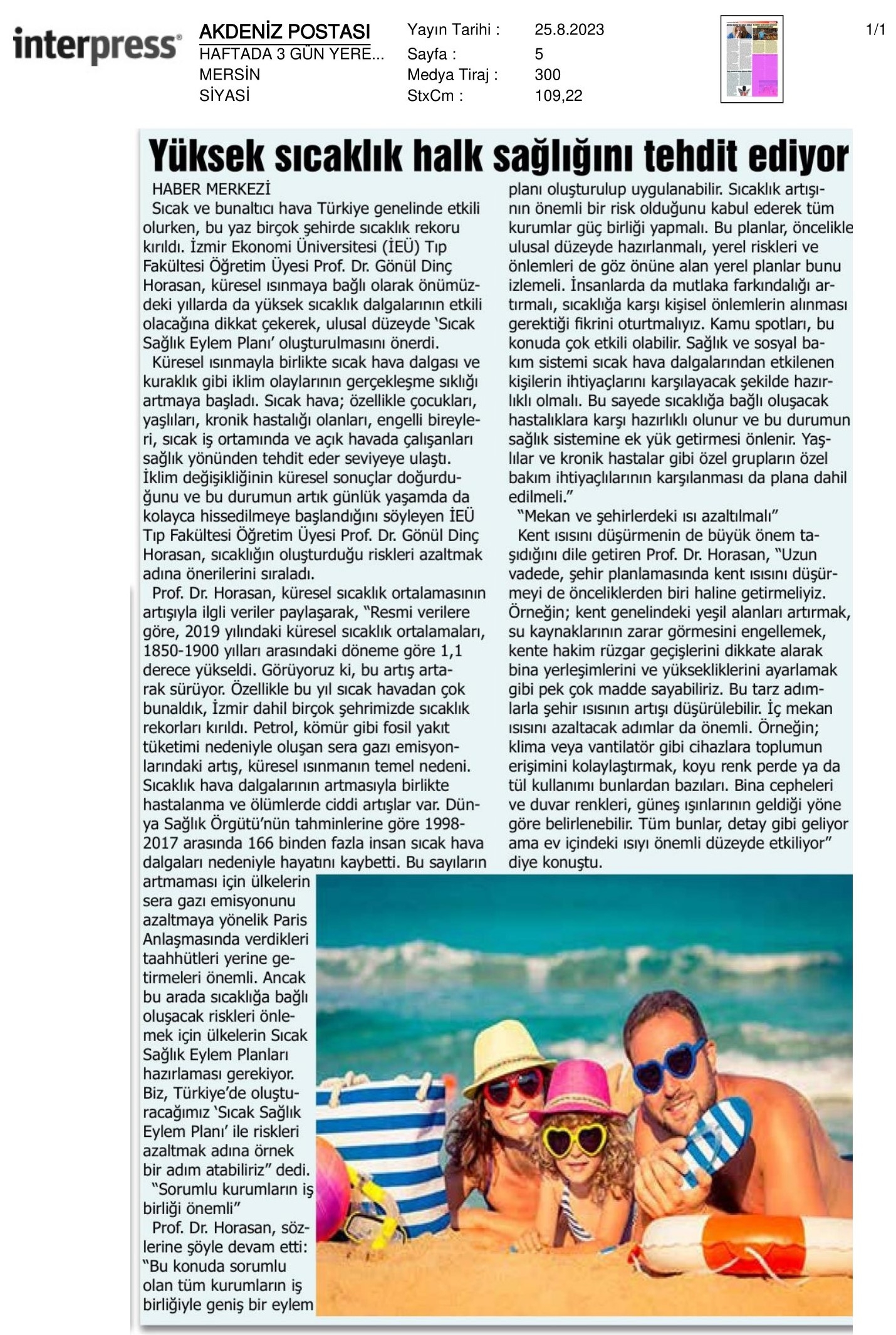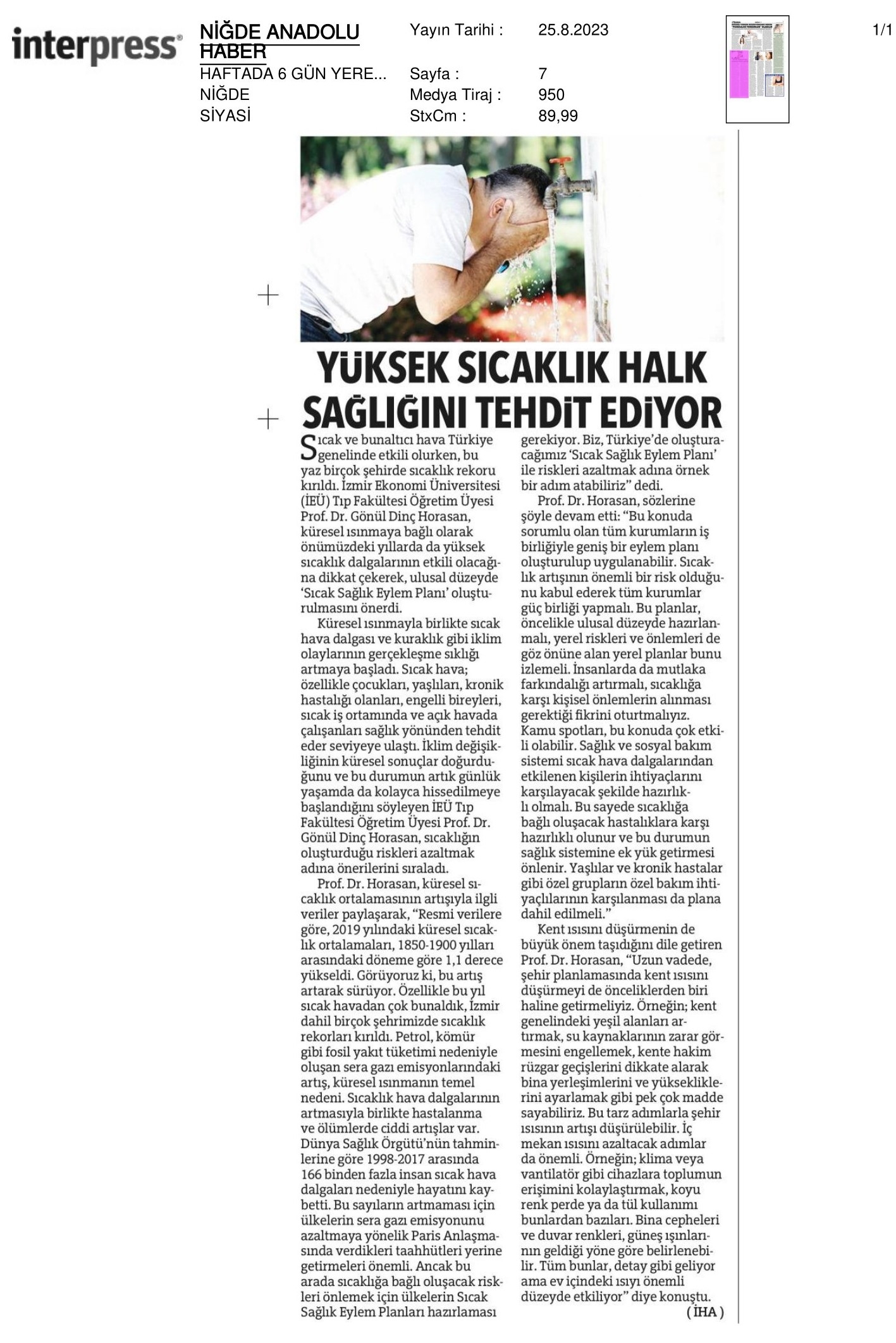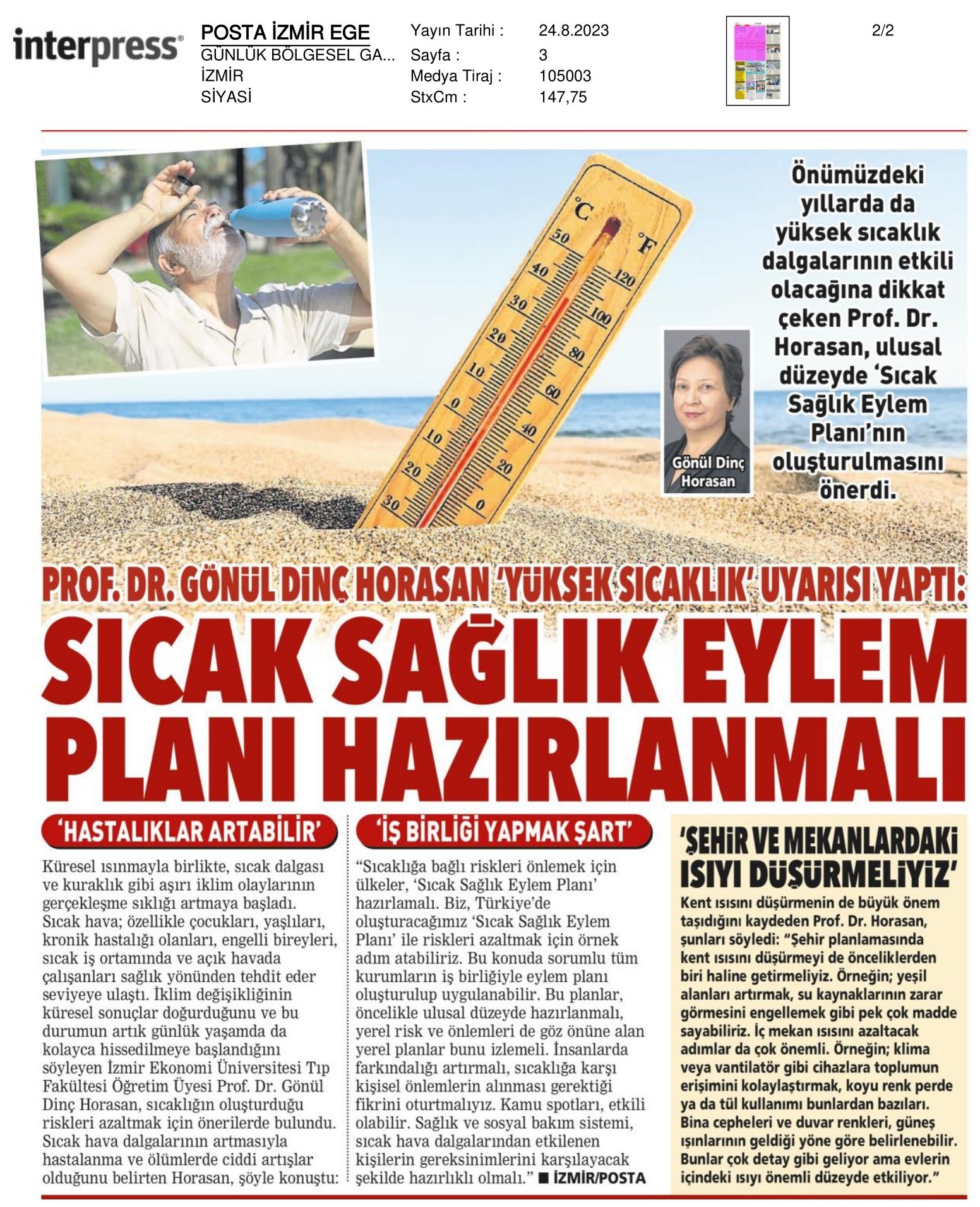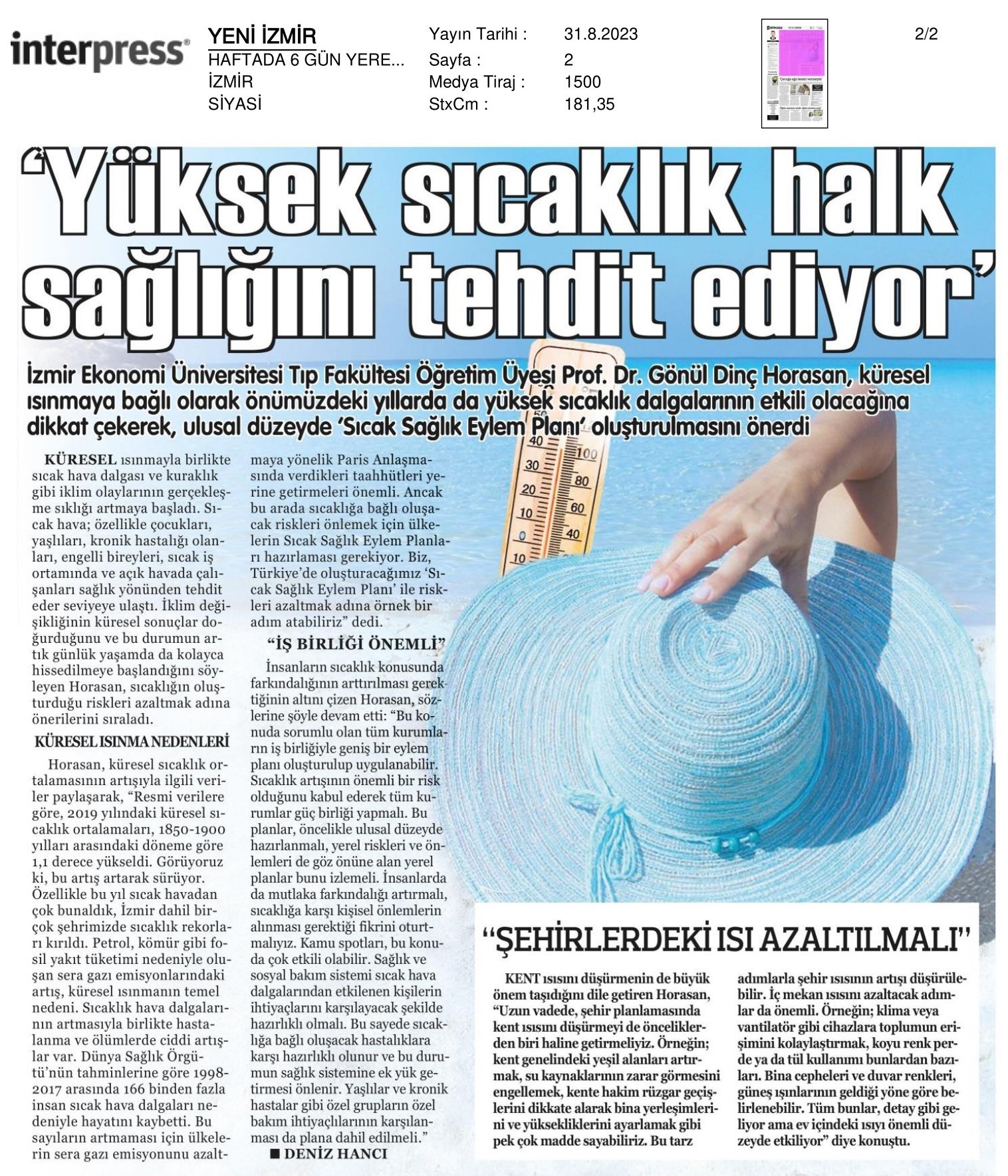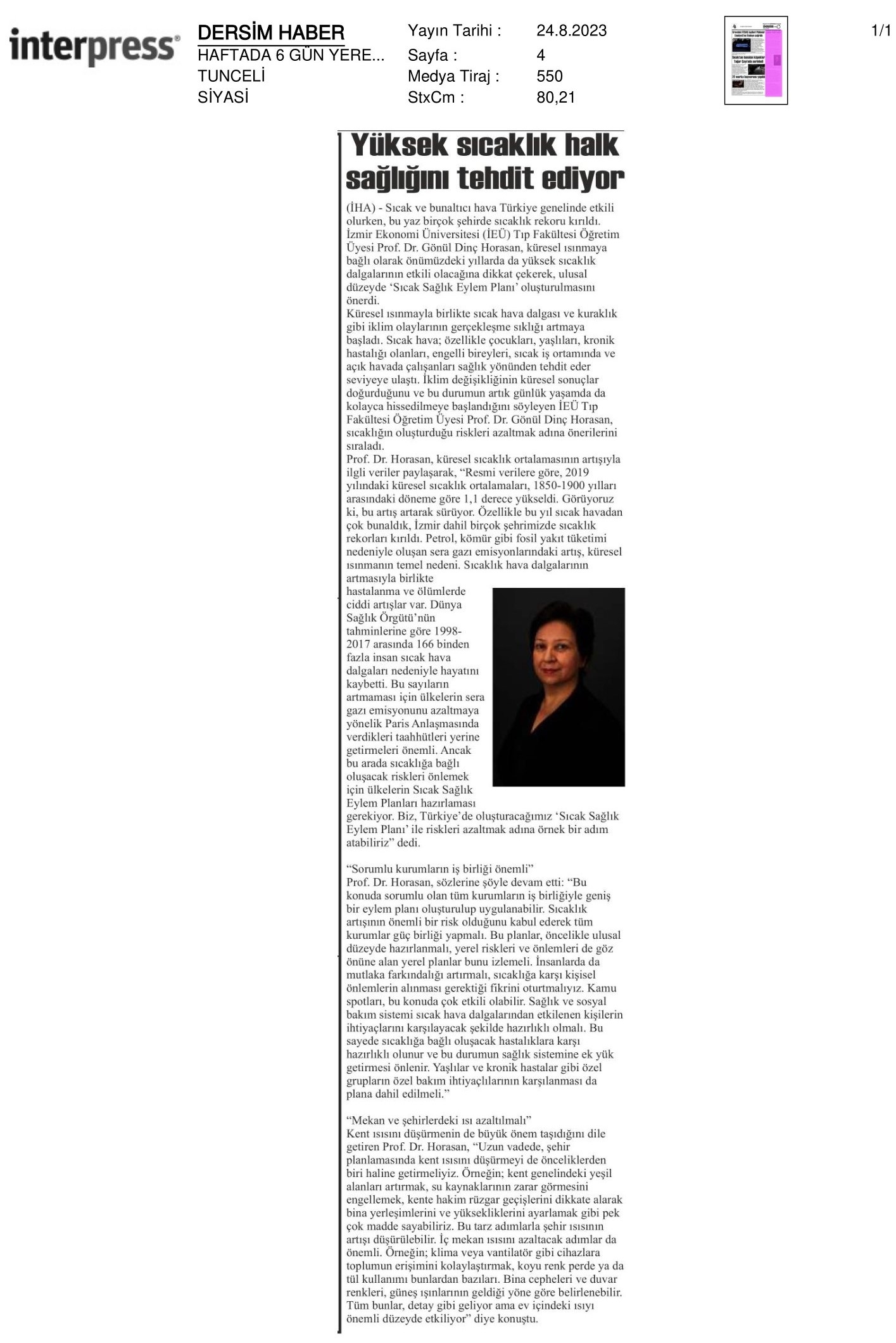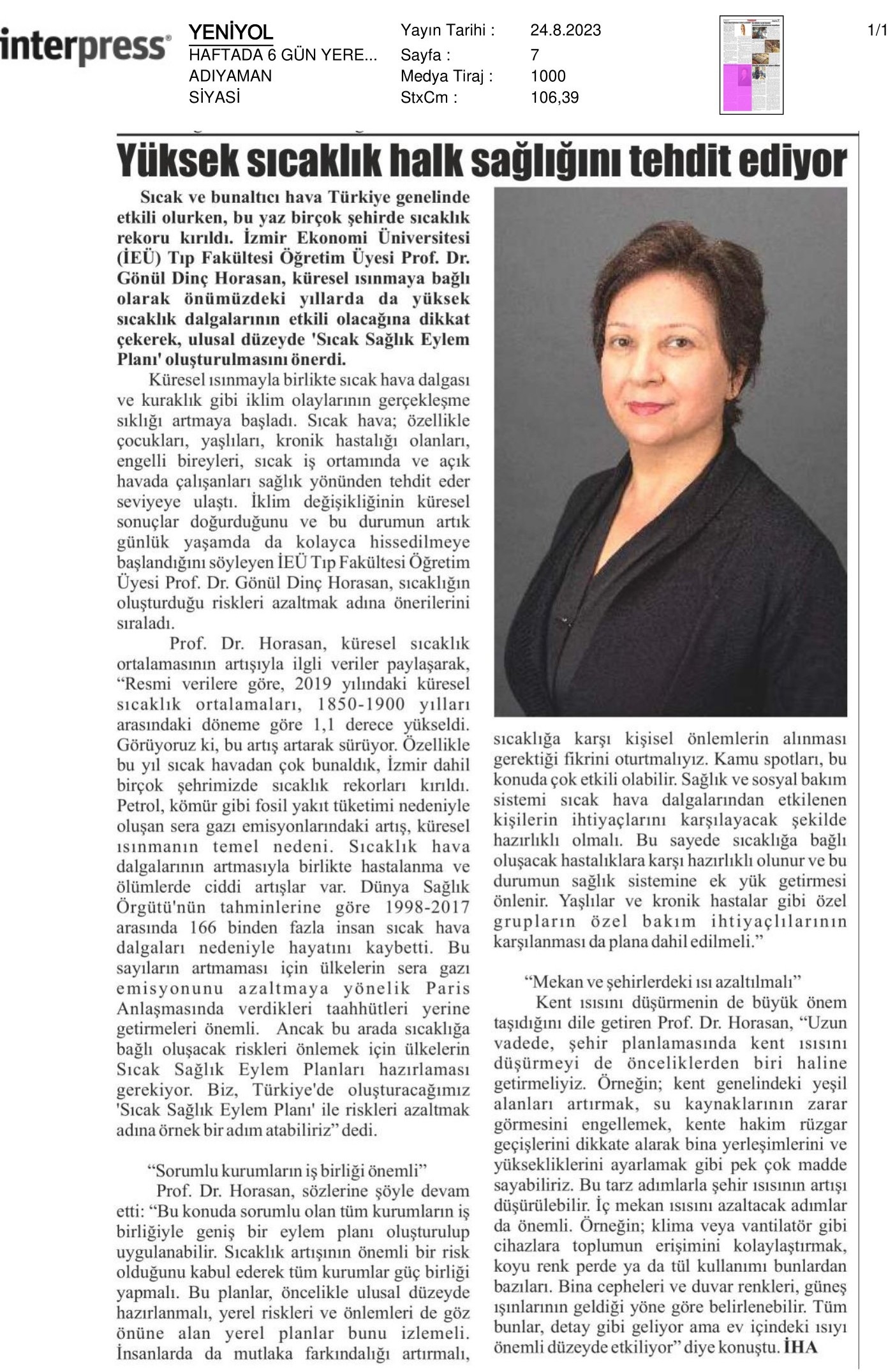‘Heat-health action plan’ could be created
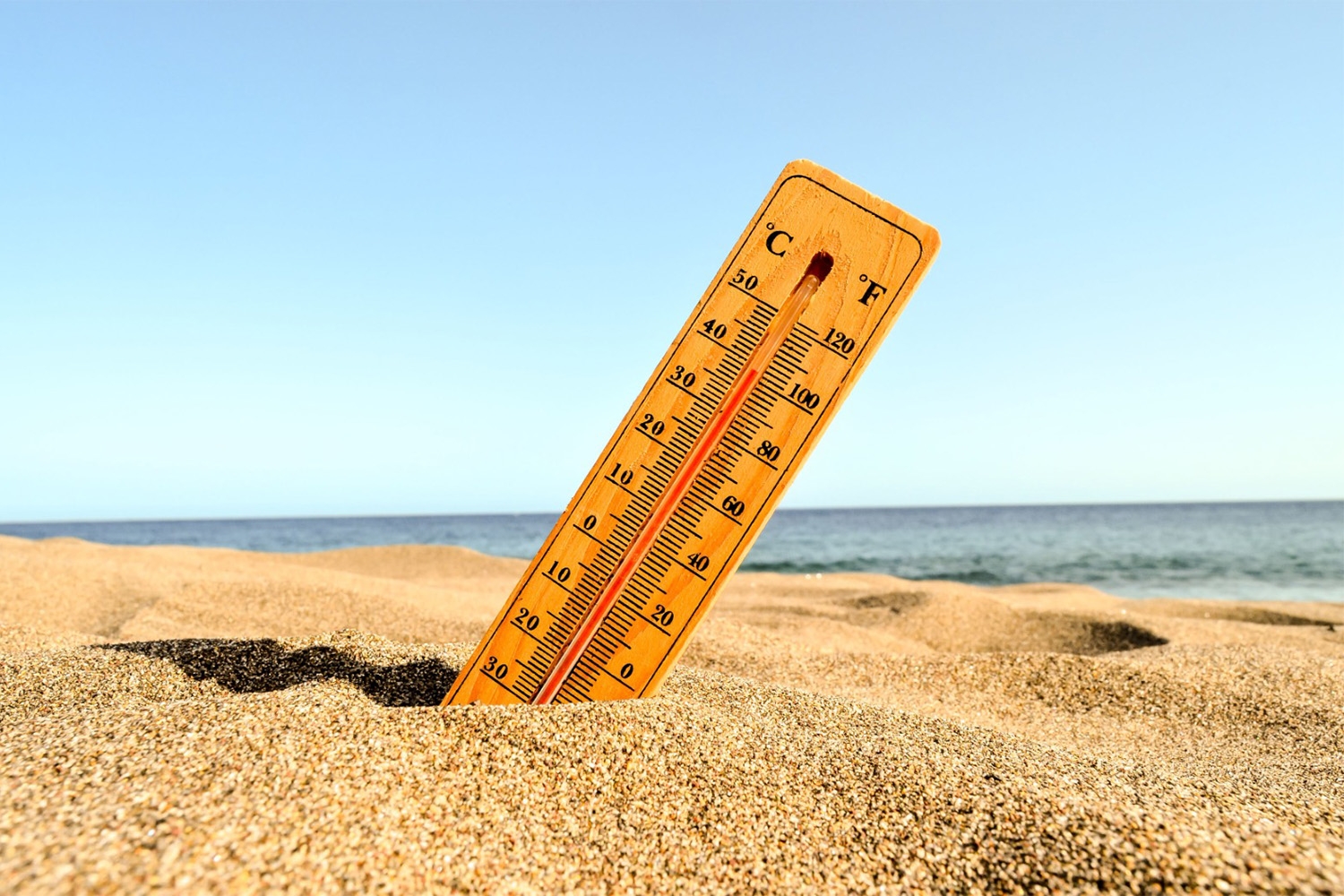
While hot and sweltering weather has been effective across Turkey, many cities have broken temperature records this summer. Prof. Dr. Gönül Dinç Horasan, Lecturer at Izmir University of Economics (IUE) Faculty of Medicine, pointed out that high heat waves will be effective in the coming years due to global warming and suggested the creation of a national ‘Heat-Health Action Plan’. Stating that high temperature is a threat to public health, Prof. Dr. Horasan said, “We must be prepared for health and social care.”
With global warming, the frequency of extreme climate events such as heat waves and droughts has started to increase. Hot weather has reached a level that threatens the health of children, the elderly, people with chronic diseases, people with disabilities, and those working in hot work environments and outdoors. Stating that climate change has global consequences and this situation is now easily felt in daily life, Prof. Dr. Gönül Dinç Horasan listed her suggestions to reduce the risks posed by the heat.
MORBIDITY AND MORTALITY MAY RISE
Sharing data on the increase in the global average temperature, Prof. Dr. Horasan said, “According to official data, global temperature averages in 2019 increased by 1.1 degrees compared to the period between the years of 1850-1900. We see that this increases continuously. We are overwhelmed by hot weather this year especially, and many of our cities, including Izmir, broke temperature records. The increase in greenhouse gas emissions caused by the consumption of fossil fuels such as oil and coal is the main cause of global warming. There is a serious increase in illnesses and deaths with the increase in heat waves. According to World Health Organization estimates, more than 166 thousand people died between 1998 and 2017 due to heat waves. To prevent these numbers from increasing, it is important that countries fulfill their commitments made in the Paris agreement to reduce greenhouse gas emissions. But in the meantime, countries need to prepare Heat- Health Action Plans to prevent heat-related risks. We can take an exemplary step to reduce the risks with the ‘Heat-Health Action Plan’ we will create in Turkey.”
COOPERATION OF INSTITUTIONS In CHARGE IS IMPORTANT
Prof. Dr. Horasan continued as follows: “A comprehensive action plan can be created and implemented with the cooperation of all institutions responsible for this issue. All institutions should join forces by recognizing that temperature increase is an important risk. These plans should be prepared primarily at the national level, followed by local plans that take into account local risks and measures. We must also raise awareness among people and establish the idea that personal precautions should be taken against heat. Public service announcements can be very effective in this regard. The health and social care system must be prepared to meet the needs of people affected by heat waves. This will help to prepare for heat-related illnesses and prevent additional burden on the health system. Meeting the ‘special care’ needs of special groups such as the elderly and the chronically ill should also be included in the plan.”
THE HEAT IN SPACES AND CITIES MUST BE REDUCED
Stating that reducing the temperature in urban areas is also of great importance, Prof. Dr. Horasan said, “In the long term, we should make reducing the urban heat one of the priorities in urban planning. For example, we can count many items such as increasing green areas throughout the city, preventing damage to water resources, adjusting building placements and heights by taking into account the prevailing wind transitions in the city. Such steps can reduce the increase in urban heat. Steps to reduce indoor heat are also important. For example, facilitating public access to devices such as air conditioners or fans, using dark curtains or tulle are some of them. Building facades and wall colors can be determined according to the direction of sunlight. All these may seem like details, but they have a significant effect on the temperature inside the house.”




